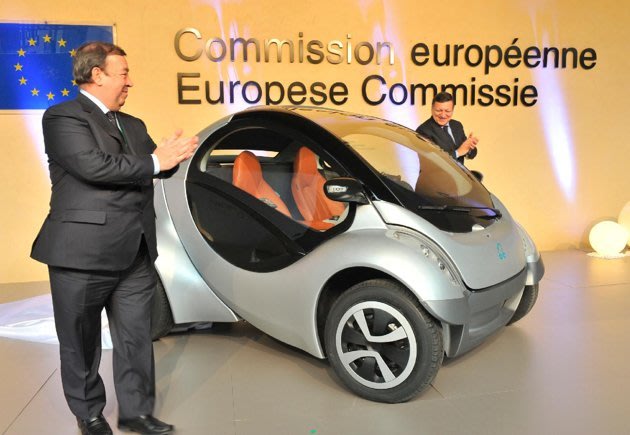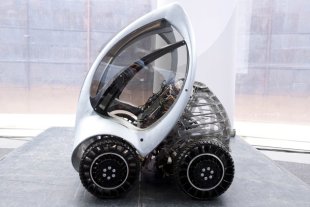Well the December and thus 2011 sales figures are in:
The Volt has shown growth over the past four months of the year:
723 in September
1,108 in October
1,139 in November
1,529 in December (1/3 were fleet sales)
For a year total of 7,671 Volts
The Leaf finally had a positive month after declining sales in October of 849 units and November of just 672 units, they sold 954 units in December.
Which was still far under the Volt.
For a year total of 9,674 Leafs.
Or ~18,000 total EVs for the year (estimated ~600 Tesla sales) and $135 Million in Federal Incentives (~1,500 EV sales per month).
2012 should add the Electric Ford Focus to the mix, but priced at $40,000 and 100 mile range I suspect similar anemic sales volumes to the Volt and Leaf.
Tesla and Toyota are going to release an EV version of the Rav 4. Expect it to be very expensive with a range of 100 miles.
Toyota may be the big winner with the release of the Prius Plug-in for ~$33k with a 15 mile battery range.
Toyota is still in the limited production mode for pure EVs next year (less than 1,000 or so cars world wide)
Honda's EV the Fit, is a subcompact hatchback at $37 k and will initially only be sold in California and Oregon (late spring?). Honda claims 123 miles in city driving, which suggests that the car is underpriced, which may be why Honda only plans on making about 1,100 Fit EV's over the next 3 years.
Mitsubishi sold just 4 of its MI EV in November, I can't find any December sales data. It has a short range of but 62 miles and about $30k.
Former BMW designer Henrik Fisker will try to sell his $102,000 plug-in Karmas with but a 30 mile battery range before going to IC.
http://www.the9billion.com/2011/11/04/ford-taking-orders-for-2012-focus-electric-priced-at-40000/
http://www.torquenews.com/106/chevy-volt-wins-december-sales-battle-nissan-leaf-wins-2011
http://en.wikipedia.org/wiki/Tesla_Roadster





